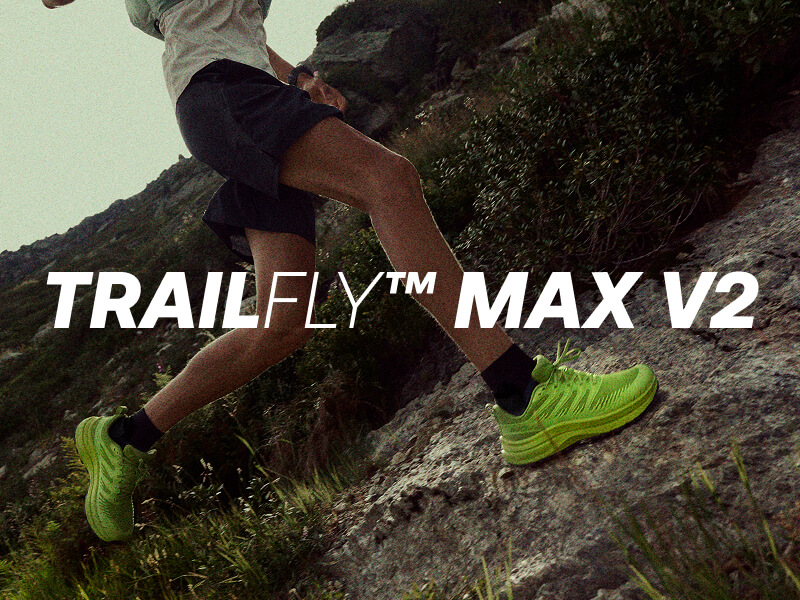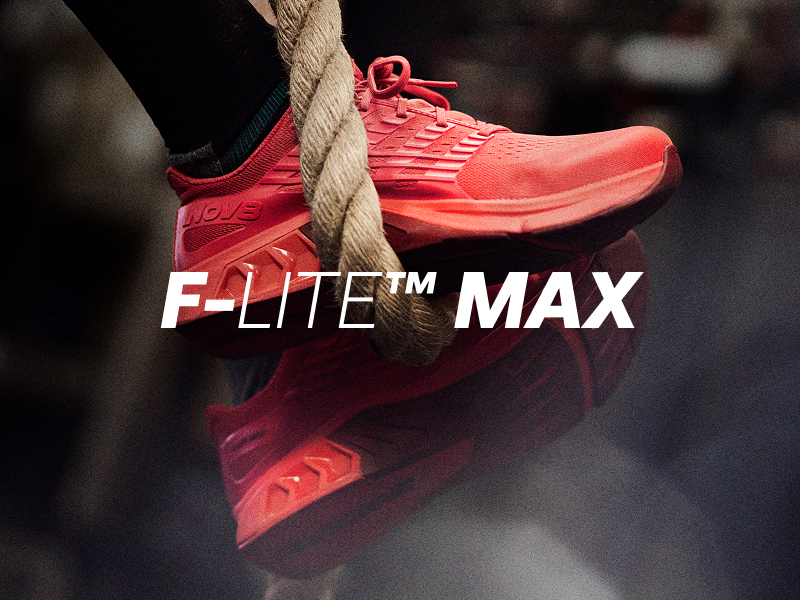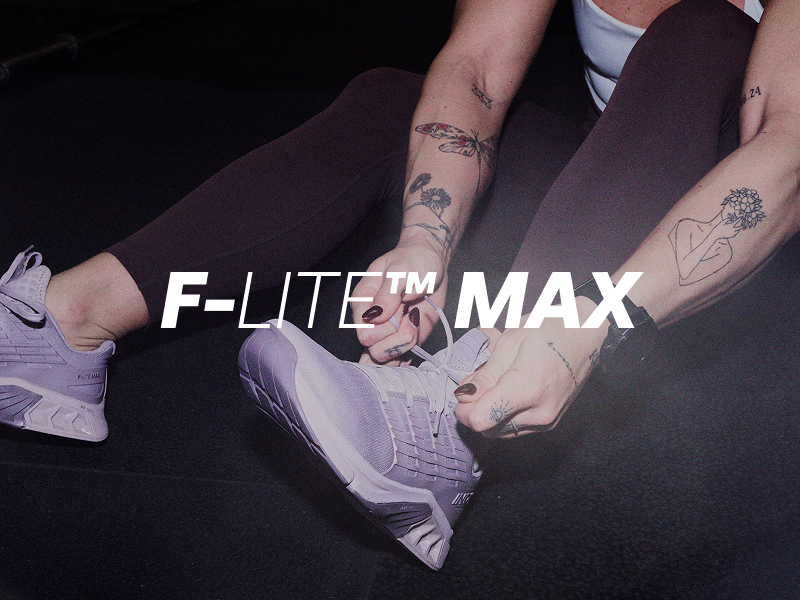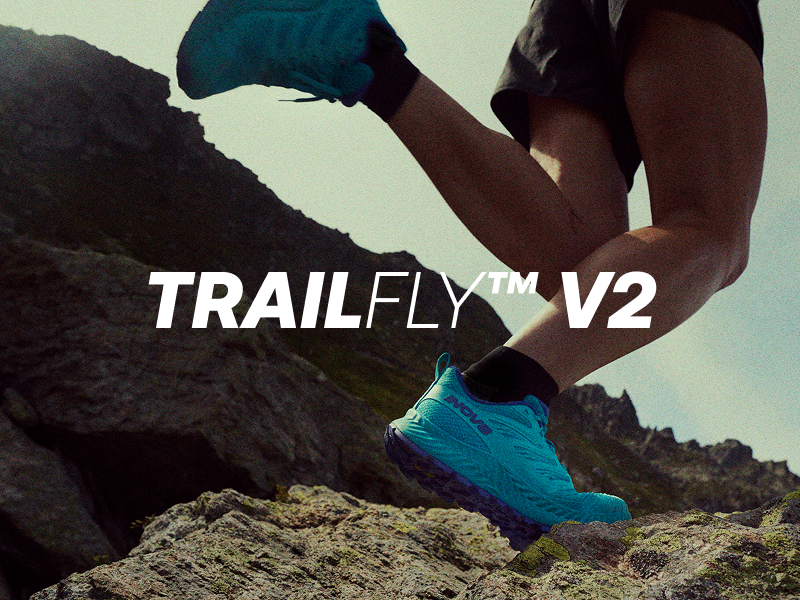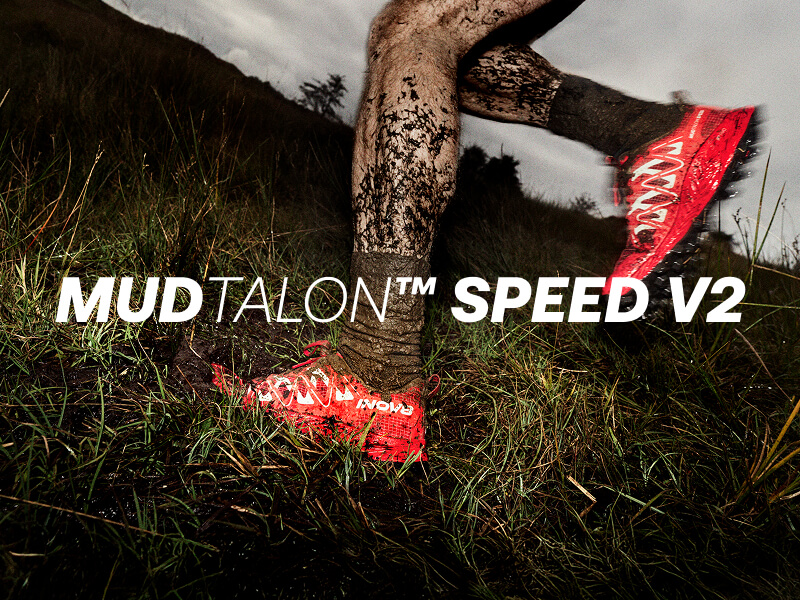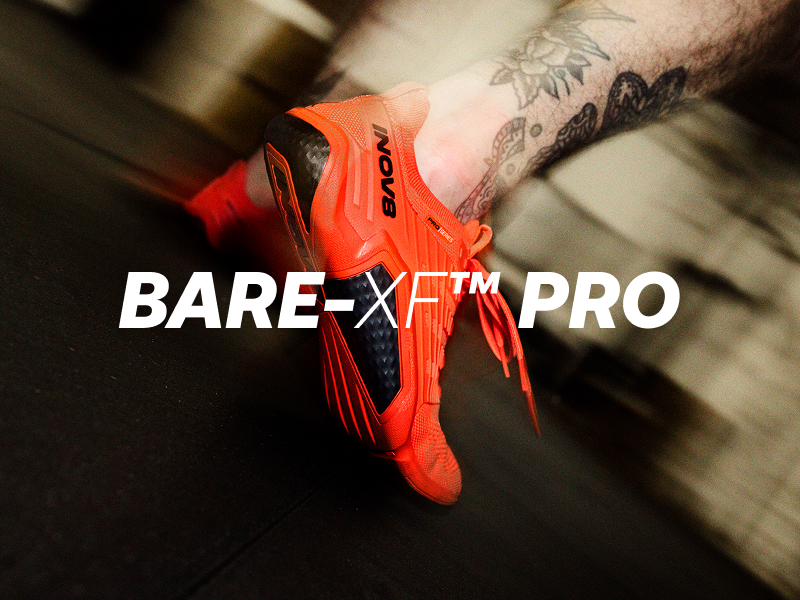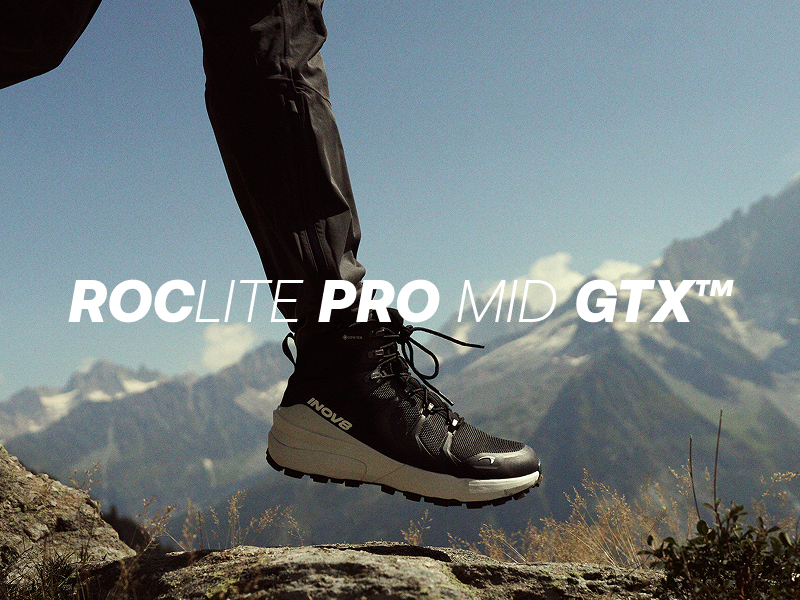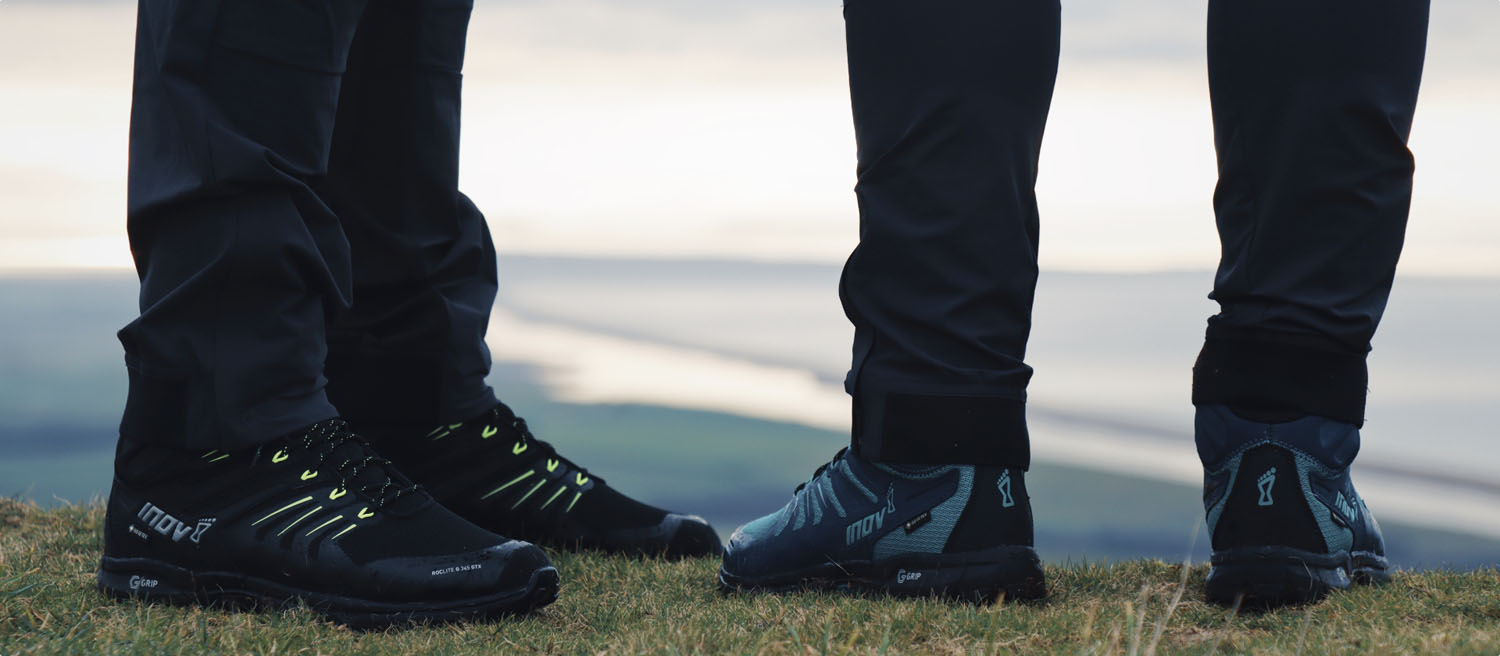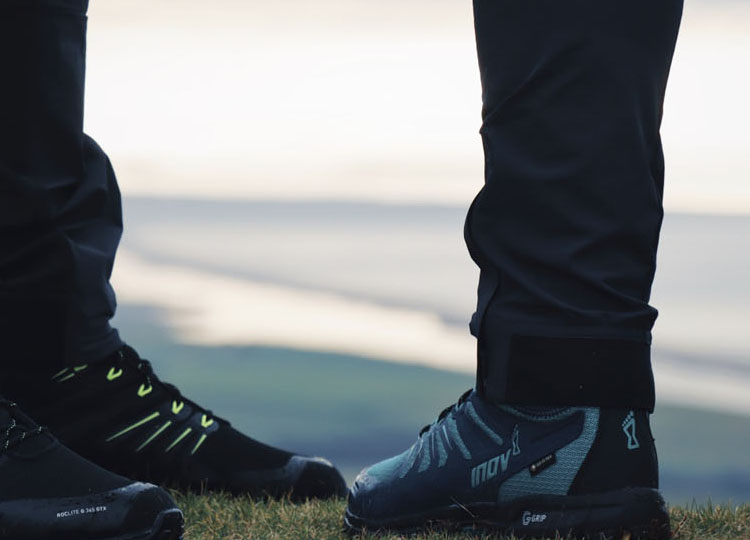
Deciding which new hiking boots to buy can be tricky, particularly with so many options to pick from. Before making any decisions swot up on the following FIVE things you need to know. Read on to discover why Weight, Cushioning, Flexibility, Grip and Care are all of huge importance.
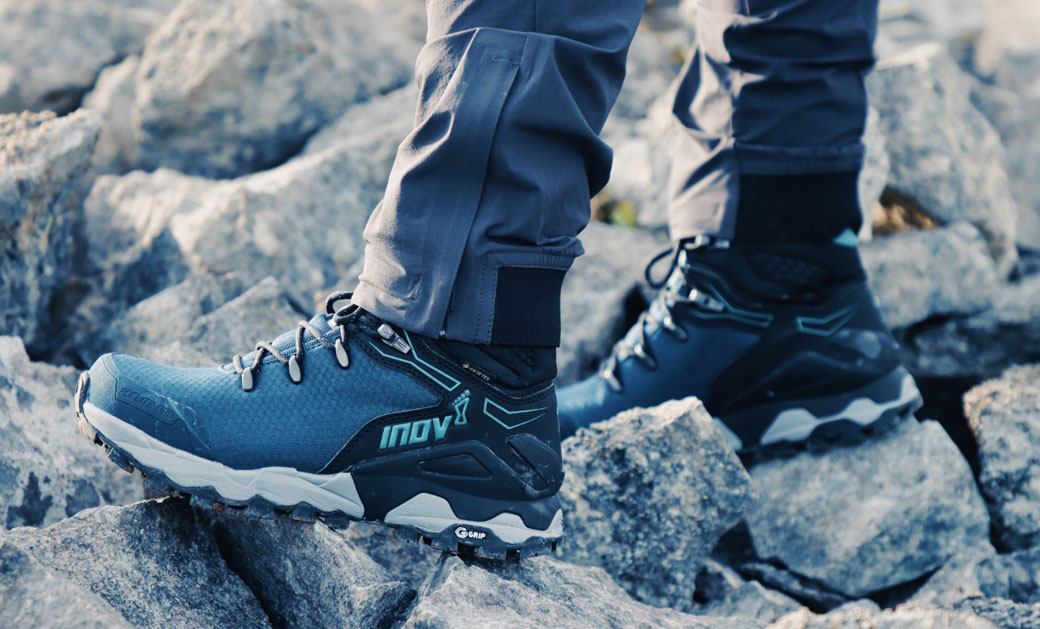

1. How important is the weight of a hiking boot?
A lightweight boot doesn’t just feel comfortable, it will also be saving more energy than you might think. There is a saying that: "a pound on your feet equals five pounds on your back." And likewise, removing a pound of weight that's covering your feet feels like removing five pounds from your rucksack.
It is thought that the "one pound on your feet equals five pounds on your back" notion originated with Sir Edmund Hillary. Since then, numerous studies by academic researchers have concluded: Weight on the feet is disproportionately more exhausting than weight carried on the torso.
A study by the US Army concludes that carrying an amount of weight on the feet required between 4.7 and 6.4 times as much energy as carrying that same weight on one's back.
There is a reason why most of us don’t hike barefoot though. Your hiking boots are meant to protect your feet, and generally protection adds weight, whether that is grip, added cushioning, a reinforced toe bumper, a rock plate or a waterproof membrane. A heavy backpack shifts your centre of mass backwards and puts more pressure on our heels. To help offset the weight of a pack, you need to increase both the cushioning and the stability in the heel section of the boot.
At INOV8 we use the latest material technologies to give you all the protection you need, without adding much weight.
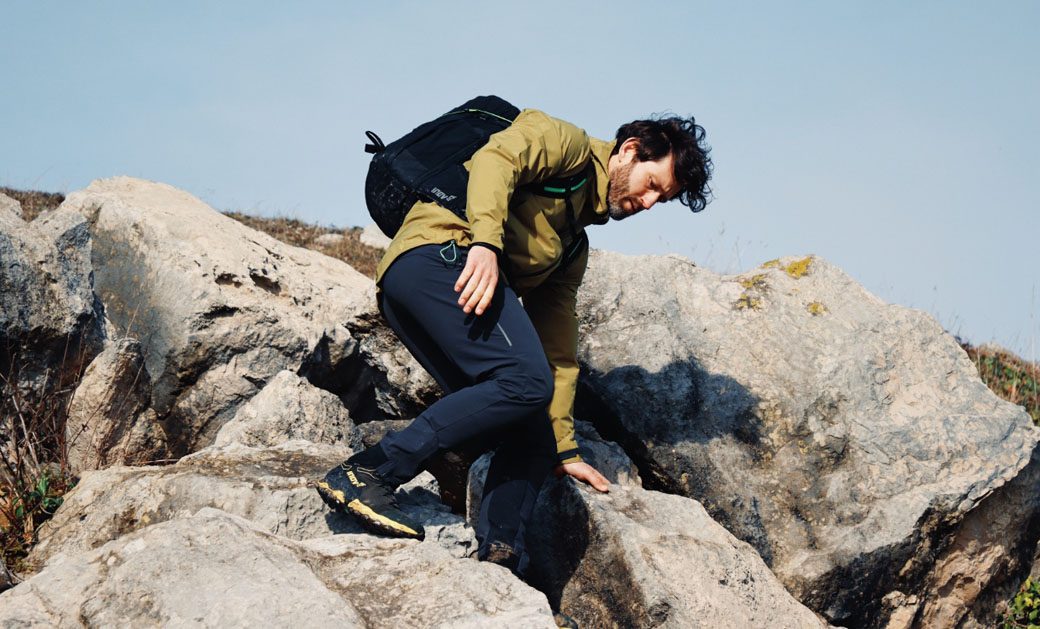
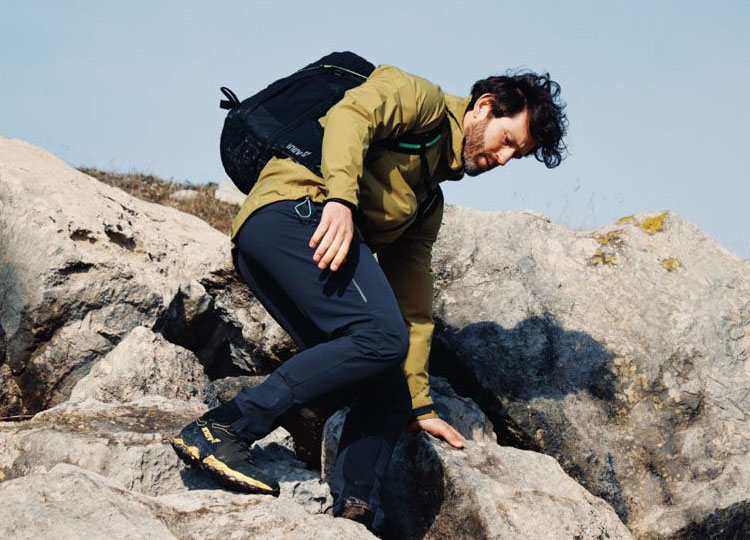
2. How much cushioning?
Cushioning refers to the midsole of the shoe, and it intends to give you softness and bounce.
To decide what is the right amount of cushioning for you, you need to consider the weight you will be carrying, the surfaces you walk on and how far you’re going. You need enough to keep you safe and comfortable, but no more, since more cushioning means you are more unstable, heavier, and less agile.
Generally speaking, on soft terrain – grass, mud – you will need less cushioning since the terrain provides it for you, while over hard and rocky ground and for longer hikes you probably want a bit more to provide comfort and protection.
The amount of cushioning in a shoe is normally stated in mm as “stack height”. Some companies use different ways to measure it, and they often report the full thickness of material under your foot, which is the lug depth, the rubber, the midsole and your insole all combined. Something to be aware of when comparing between brands.
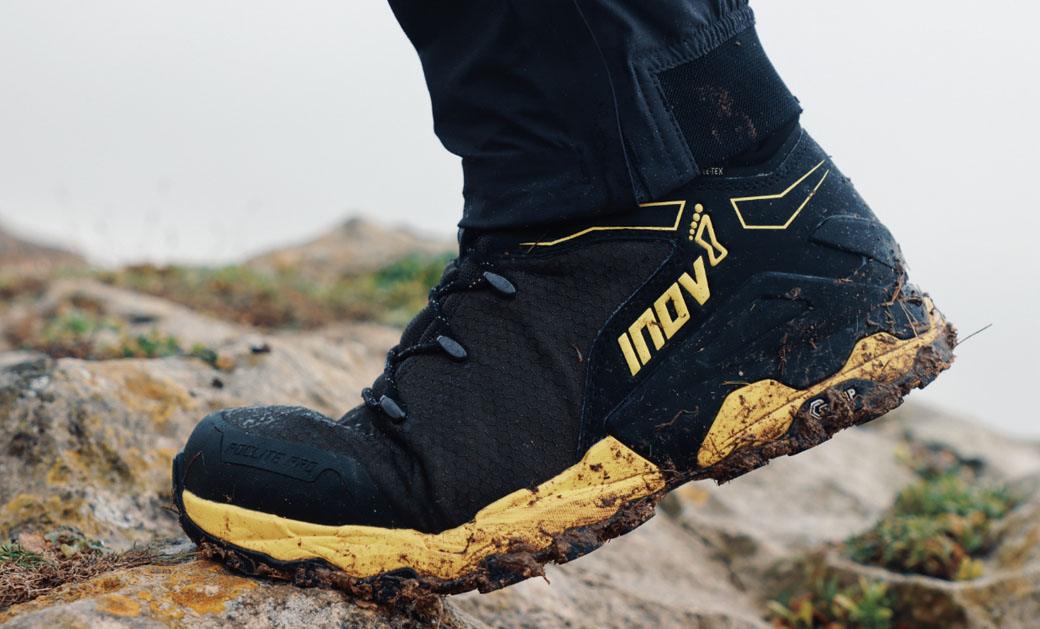
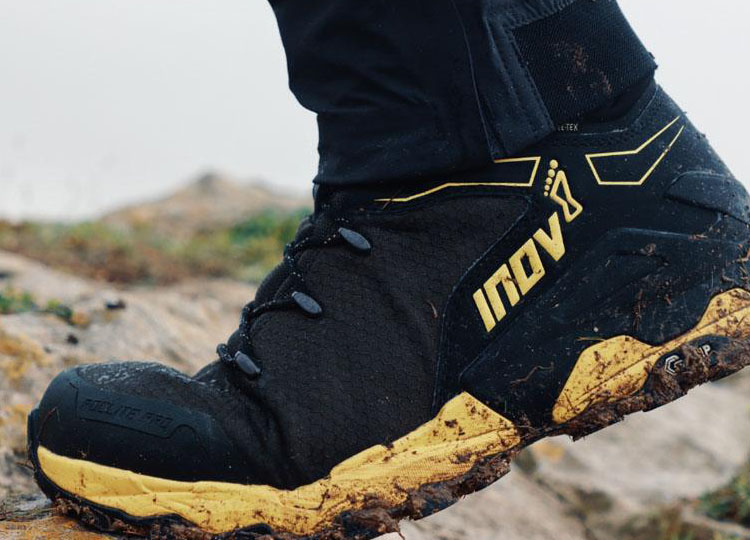
3. What are the benefits of a flexible hiking boot?
Many outdoor shoes are stiff and protective, which might seem safe and comfortable, but it also stops you feeling the terrain, and means your body cannot react to it. Feeling the terrain helps improve your balance and allows you to respond to uneven surfaces more quickly and effectively.
The foot has many bones and joints, which allows it to mould to uneven terrain. A flexible sole enables your foot to behave more naturally.
Walking with a stiffer outsole and ‘rocker’, can improve energy efficiency because your calf muscle and internal foot muscles have to work less, but this only applies when walking on even terrain, i.e. tarmac roads.
Flexibility also helps with grip and stability. The flex means more of the outsole is in contact with the ground on uneven terrain. More contact area means more grip!
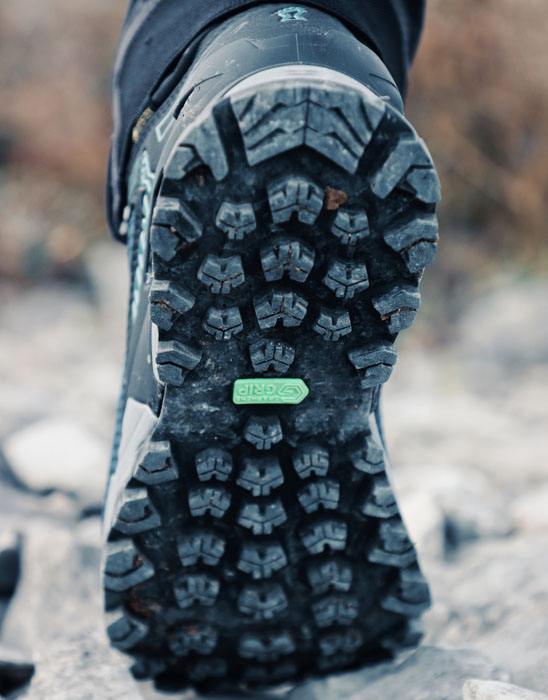
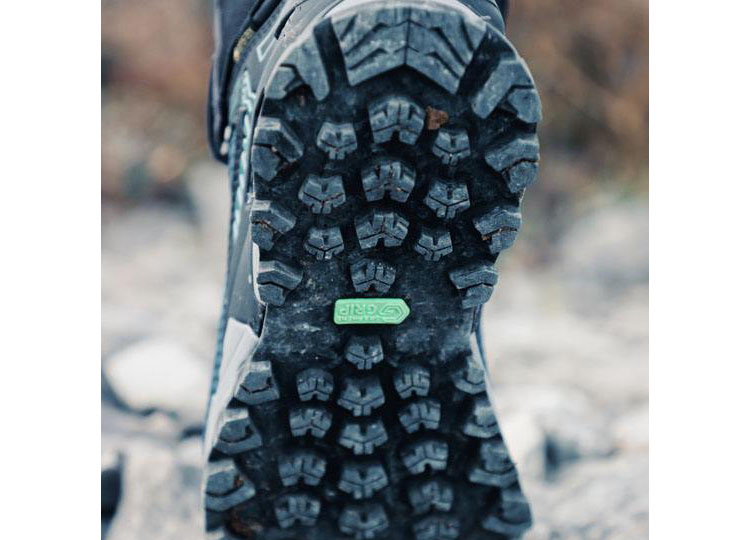
4. Grip for confidence
You can feel more relaxed if you can trust your footwear. Whether you have grip or you slip depends on the terrain as well as your footwear. If the terrain is soft, such as grass and mud, you want nice deep lugs that can claw into this terrain and keep you from slipping.
If the terrain is very hard, you need to rely on friction, which is the stickiness of your outsole on the surface. The more contact area, the better the grip. A softer rubber also gives better friction than a hard one.
Our ROCLITE outsoles deliver versatile gip on almost any terrain. The 6mm deep lugs bite into soft terrain and the flat tops offer contact area for hard surfaces. The Graphene enhanced rubber ensures reliable and long lasting traction. Graphene is the world’s strongest material and its addition to the outsole has been scientifically proven to make them 50% stronger, 50% more flexible and 50% more durable. You no longer have to compromise between a soft and a durable rubber.
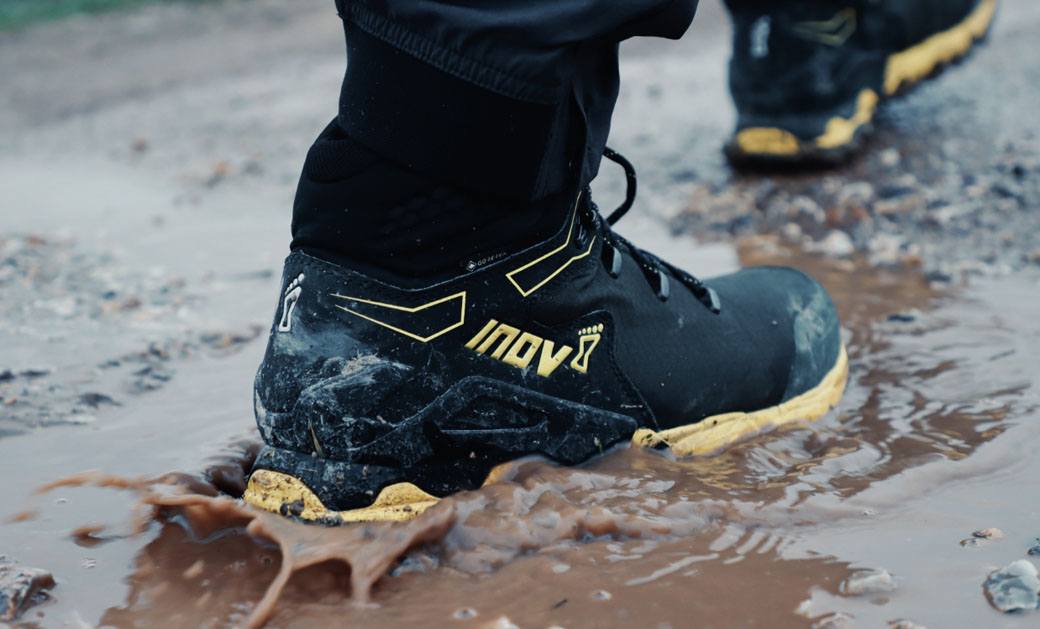

5. How to care for your hiking boots
To extend the lifespan of your hiking boots it is important that you care for them, so they will look good and perform well for longer.
To start, you should remove the footbeds/insoles after each use, as this allows the shoes to air properly. Ensure you tip out all the grit from inside the shoe too.
Dirt and grit can affect the waterproof membrane, eventually compromising its ability to keep you dry from both the inside, from sweat, and outside, from moisture working its way through.
The best way to keep your shoes as waterproof as possible is to clean them consistently. To do so, remove the footbed and using cold water, hand-wash or rinse the shoes. You can use a soft brush or a cloth to help remove dirt. If necessary also wash the inside of the shoe. Always allow them to dry naturally with the footbed removed. You can stuff them with newspaper to speed up the drying.
Never wash the shoes with hot water or in a washing machine. Do not leave shoes to dry on a radiator or expose them to other forms of heat.
If the water no longer beads and runs off, it is time to re-apply a durable water repellent (DWR). Do this after your shoes have been washed and dried. We recommend that you use a PFC free, water-based restorative, available as a pump-spray. Do not use waterproofing waxes or greases, as they can affect your footwear's breathability.

